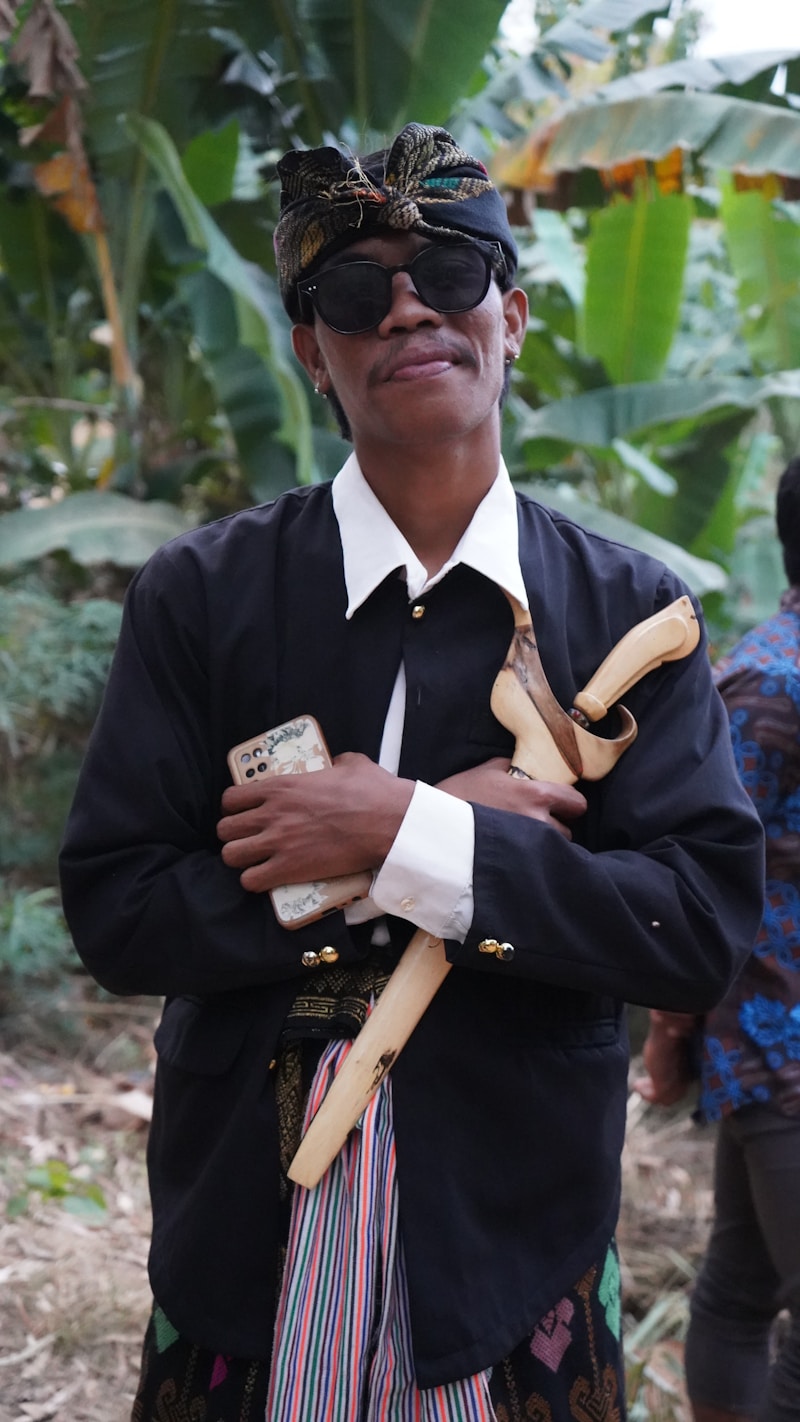Exploring Traditional Wedding Customs Around the World
Weddings are a reflection of culture, heritage, and personal beliefs. Across the globe, traditional wedding customs vary significantly, showcasing the diversity of human connections and celebrations. From the flower-adorned tapestries of Indian weddings to the elaborate processions of Chinese nuptials, each practice tells a unique story. This article delves into the fascinating traditional wedding customs around the world, shedding light on their meanings, rituals, and history.
The Significance of Wedding Customs
Traditional wedding customs play a crucial role in various cultures, serving as a confluence of familial responsibilities, social expectations, and cultural heritage. These customs often symbolize the union of two families and set the foundation for their future together. While many modern weddings incorporate contemporary elements, understanding traditional practices can enhance the beauty and depth of the ceremony.
1. Indian Weddings: A Vibrant Tapestry of Traditions
Indian weddings are known for their vibrant colors, rich rituals, and elaborate festivities. A typical Indian wedding can last several days and includes various ceremonies like the Mehendi, Sangeet, and the main wedding ceremony. Key elements include:
| Ceremony | Description |
| Mehendi | The bride's hands and feet are adorned with intricate henna designs. |
| Sangeet | A musical night where families gather for dance and celebration. |
| Varmala | The couple exchanges floral garlands, symbolizing acceptance and respect. |
| Saat Phere | Seven sacred vows taken around the fire, representing the couple's commitment. |
The use of colors has profound symbolism; red, for instance, signifies prosperity and fertility, making it a popular color for bridal attire.
2. Chinese Weddings: Rich in Symbolism
Chinese weddings emphasize auspiciousness and family unity, often incorporating traditional elements like the tea ceremony. Here are some essential features:
| Custom | Significance |
| Tea Ceremony | A gesture of respect towards parents and elders, where tea is served. |
| Red Envelopes | Moneys in red envelopes symbolize good luck and prosperity. |
| Double Happiness Symbol | Often displayed during the ceremony, it represents marital bliss. |
Wearing red is customary, as it is believed to ward off evil spirits. Additionally, dragons and phoenixes often grace decorations, symbolizing harmony between a husband and wife.
3. African Weddings: A Celebration of Community
African weddings vary widely from region to region, but they often focus on the union of families and communities. For instance, in Zulu culture, traditional rituals might include:
| Ritual | Description |
| Umabo | The bride's family receives gifts, symbolizing unity between families. |
| Dance | Traditional dances are performed to celebrate the couple. |
| Nguni Beadwork | Beaded jewelry worn by the bride symbolizes her family's story and values. |
These customs highlight the significance of community support and familial involvement in the marriage process.
4. Western Weddings: Tradition Meets Individuality
Western weddings, often considered more modern, have roots in various traditional practices. Important elements often include:
| Ritual | Description |
| White Dress | The bride traditionally wears white, symbolizing purity and innocence. |
| Exchange of Vows | Couples make personal promises to each other during the ceremony. |
| Throwing the Bouquet | Single female guests try to catch the bouquet for good luck. |
Modern western weddings incorporate various styles and themes, demonstrating that individual preferences can resonate with traditional customs.
5. Middle Eastern Weddings: A Blend of Rituals
Middle Eastern weddings often feature a blend of religious and cultural practices, varying greatly between different countries. Common customs include:
| Ritual | Description |
| The Henna Night | The bride's body is decorated with henna, symbolizing beauty. |
| Wedding Feast | A grand meal is typically served to celebrate the union. |
| Traditional Music and Dance | Live music and dance play a vital role in the celebrations. |
Middle Eastern weddings often highlight the importance of family gatherings, complete with sumptuous feasts and vibrant festivities.
Conclusion: Embracing Cultural Diversity in Weddings
Traditional wedding customs around the world highlight the unique traits of different cultures, uniting families and individuals through shared beliefs and practices. As globalization continues to influence modern weddings, it's crucial to appreciate and respect the rich traditions that vary from one culture to another. Understanding these customs can provide deeper meaning to the wedding experience, allowing couples to pay homage to their heritage while making new memories.
As you plan your wedding, whether styled traditionally or with personalized touches, consider incorporating elements of your cultural heritage. This not only honors your family’s history but can also create a richer, more meaningful experience for you and your guests. Remember, the essence of any wedding—regardless of tradition—is the love and commitment shared between partners.
